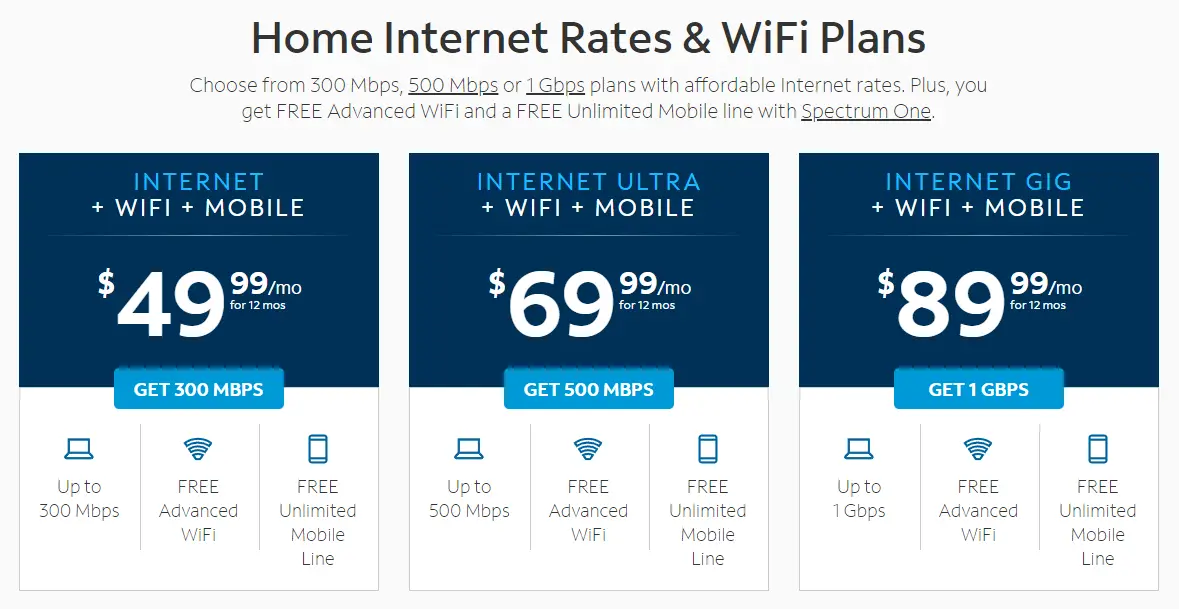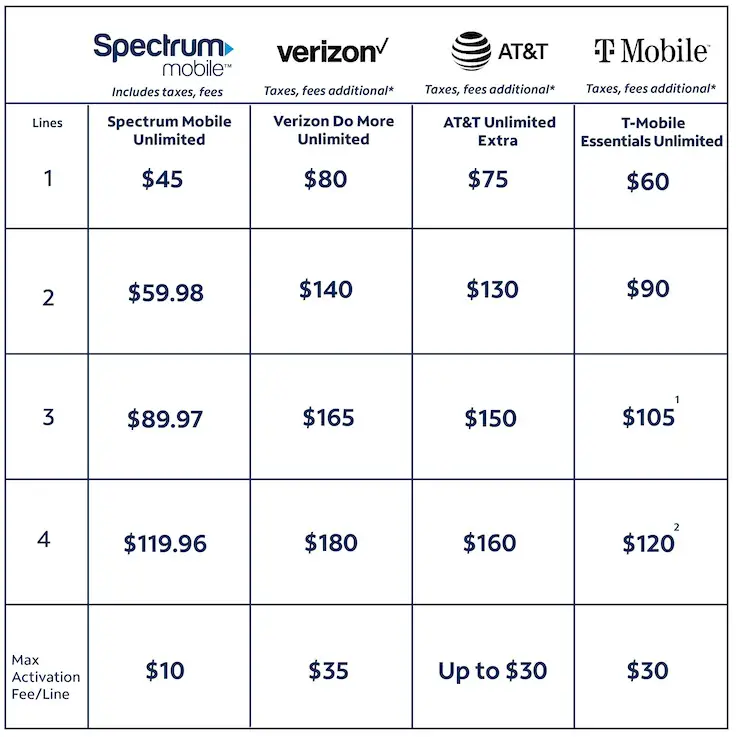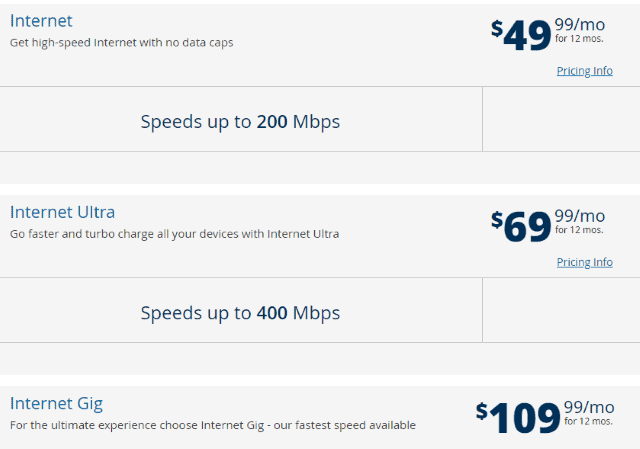How Much Does Spectrum Tv And Internet Cost

Navigating the world of internet and television providers can often feel like deciphering a complex code, especially when trying to understand the true cost of services. Spectrum, one of the largest providers in the United States, offers a variety of bundles and standalone options, making it crucial for consumers to understand the pricing structure and potential hidden fees.
This article aims to break down the costs associated with Spectrum TV and internet services, providing a clear and unbiased overview of the various plans, fees, and factors that influence the final price you pay. Understanding these costs can empower consumers to make informed decisions that best suit their needs and budget.
Understanding Spectrum's Base Plans
Spectrum offers a range of internet plans with varying speeds and prices. As of late 2024, their basic internet plan typically starts around $49.99 per month, offering download speeds suitable for everyday browsing and streaming for a single user.
More robust plans, promising faster speeds suitable for larger households or online gaming, can range from $69.99 to $109.99 or more per month. These prices are generally promotional and may increase after a specified period, often 12 months.
On the TV front, Spectrum's packages also come in tiers. A basic TV package with local channels and a limited selection of cable channels might start around $59.99 per month.
Stepping up to larger packages with more channels, including sports and premium movie networks, can easily push the monthly cost to $100 or more. Bundling internet and TV services is often promoted as a cost-saving measure.
The Hidden Costs: Fees and Equipment
The advertised price is rarely the final price. Several additional fees can significantly impact the total monthly bill.
One common fee is the equipment rental fee. Spectrum charges a monthly fee for renting their modem and router, which are necessary to access their internet service.
This fee can range from $5 to $10 per month, adding a noticeable amount to the bill. Similarly, TV customers may face fees for set-top boxes, often required for each television in the household.
Broadcast TV fees and regional sports fees are another common source of unexpected costs. These fees are intended to cover the cost of providing local broadcast channels and regional sports networks, but they are often passed on to the consumer.
These fees can vary depending on location and the specific channels included in the package, but they can add another $20 to $30 to the monthly bill. Furthermore, taxes and other regulatory fees also contribute to the final cost.
Promotional Pricing and Contract Length
Spectrum, like many providers, relies heavily on promotional pricing to attract new customers. These introductory rates are often significantly lower than the standard rates that take effect after a year or two.
It is critical to understand when the promotional period ends and what the standard rate will be. Many consumers find themselves surprised by a sudden increase in their monthly bill after the promotional period expires.
While Spectrum doesn't typically require long-term contracts, opting for a shorter promotional period might result in a higher monthly rate initially. The absence of a contract offers flexibility, but it also means the price is subject to change at any time.
Strategies for Saving Money
Despite the complexities of Spectrum's pricing, there are several strategies consumers can use to save money. One effective approach is to negotiate the price, especially when the promotional period is about to end.
Calling customer service and threatening to switch providers can sometimes lead to a lower rate. Another option is to purchase your own modem and router, eliminating the monthly rental fee.
However, it's important to ensure the equipment is compatible with Spectrum's network. Exploring alternative streaming services instead of traditional cable TV can also lead to significant savings.
Many streaming services offer a wide range of channels and on-demand content at a fraction of the cost of cable. Regularly reviewing your bill and identifying unnecessary services can also help reduce costs.
Finally, consider bundling options. Combining internet and mobile phone services can lead to substantial discounts.


















